In 1974, Tommy John of the Los Angeles Dodgers was 31 and a 12-year veteran of the major leagues when he became the unwitting vanguard of a revolution in baseball and orthopedics. Fifty years later, John might not be a candidate for the latest advances to a procedure that bears his name.
The southpaw pitcher had faced the abrupt end of his career when, after one fateful delivery, he found himself unable to throw to home. So he took a gamble on the surgical equivalent of a Hail Mary: the reconstruction of a torn ligament in his pitching elbow.
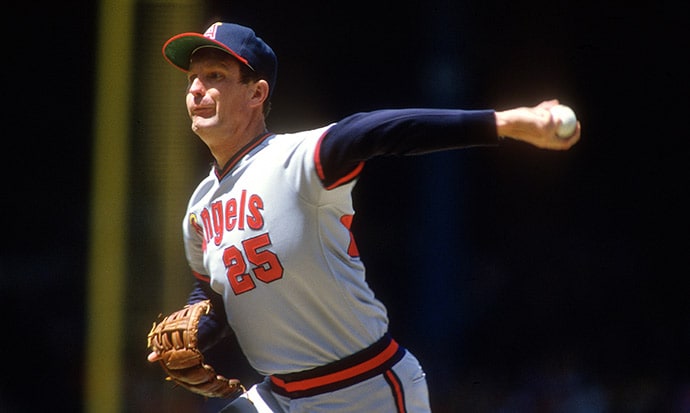
The experiment was a wild success. John pitched— and better than he had before — for another 14 seasons, retiring in 1989 at the age of 46. How much better? After the surgery, John tallied three 20-win seasons compared with none before the operation, and he finished among the top 5 vote-getters for the annual Cy Young Award three times. He was named an All-Star once before the surgery and three times after.
The triumph notwithstanding, Tommy John now cautions against Tommy John surgery. What's given him and clinicians pause is a trend in recent years of ever-younger athletes who undergo the procedure.
Along with the surgical improvements in repairing a torn ulnar collateral ligament (UCL) is a demographic shift toward school-aged athletes who get it. By 2014, one study concluded that 67.4% of UCL reconstruction surgeries were performed on athletes between 16 and 20 years of age. Some patients are still in Little League when they undergo the procedure.
Experts say these athletes have weakened their UCLs through overuse. They disagree on whether to call it an "epidemic," but if it is, "the vaccine is awareness" against throwing too hard and too often, said Eric Makhni, MD, an orthopedic surgeon at Henry Ford Health in Detroit.
From Career-Ending to Routine
John's entry into baseball and orthopedic lore was initially slow, but the trickle turned into a tide. After Frank Jobe, MD, swapped a healthy tendon from John's right wrist for his worn and torn left UCL on September 25, 1974, he didn't perform his second surgery for another 1194 days. By the time "Tommy John surgery" became a recognized phrase, John was still active but only 14 professional baseball players had undergone the operation.
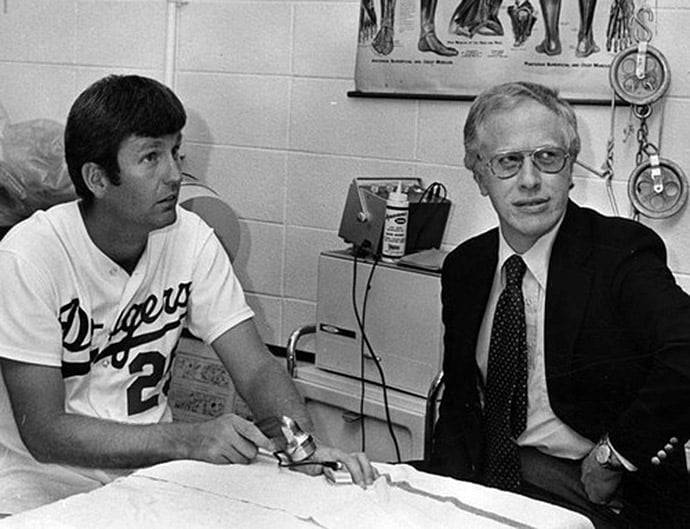
Prior to the start of spring training this year, an oft-cited database listed 366 pro players who'd undergone the operation.
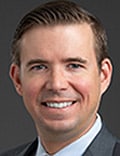
"Before Tommy John, that was a career-ending injury," said Grant E. Garrigues, MD, an orthopedic surgeon at Midwest Orthopaedics at RUSH in Chicago, who called John "a pure revolutionary."
Tommy John surgery is "the only one that I can think of that is named after the patient rather than the doctor who first did it," said Patrick McCulloch, MD, an orthopedic surgeon in Houston and a team physician for the Astros.
McCullough, who performs about 25 UCL repairs a year, said that by recent estimates, one third of pro pitchers had had some sort of surgical repair. He hesitated to call the increasing number of operations an epidemic but acknowledged that the ingredients exist for more elbow trauma among baseball players.
"More people are playing more often, and people are bigger and stronger and throwing harder," he said.
Either way, McCullough said, "the procedure is a victim of its own success" because it is "just done phenomenally well."
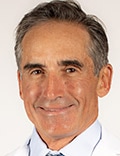
The surgery is now commonplace — perhaps too commonplace, said David Altchek, MD, attending surgeon and co-chief emeritus at Hospital for Special Surgery in New York City.
Altchek played a key role in the popularity of the operation. Twenty-two years after John's surgery, he helped develop a variation of the procedure called the docking technique.
Whereas Jobe sutured John's replacement graft to itself, "we developed a different way of tying it over a bone bridge, which was more secure and more easy to tension," Altchek explained.
The advance meant less drilling into bone and enabled surgeons to avoid moving a problem-free ulnar nerve or removing the flexor-pronator muscle that protects the elbow from stress. "The trauma of the surgery is significantly less," he said. "We just made it a lot easier very quickly," cutting the surgery time from 2 hours to 30-40 minutes.
Maybe the surgery became too easy, said Altchek, who estimates he has done 2000 of them over the past 30 years. "I don't want to condemn my colleagues, but there are a lot of people doing the surgery," he said. "And not a lot of people are doing a lot of them, and they don't know the nuances of doing the surgery."
The older procedures are known as the "full Tommy John"; each has a 12- to 18-month healing process, with a success rate of 80%-85%. Pitchers typically sit out a season while recovering.
Brandon Erickson, MD, an orthopedic surgeon at Rothman Orthopaedic Institute in New York City, said that in younger patients he has recently turned more often to the suture of the future: an internal brace that provides a repair rather than reconstruction.
The procedure, pioneered by Felix Savoie III, MD, the Ray J. Haddad Professor of Orthopaedics at Tulane University School of Medicine in New Orleans, and Jeffrey Dugas, MD, of Andrews Sports Medicine & Orthopaedic Center in Birmingham, Alabama, uses collagen-coated tape that looks like a shoelace and provides a scaffold that McCulloch said "is inductive to healing and growth of ligament tissue."
The brace is intended for an "overhead" athlete (mostly baseball players but also javelin throwers and gymnasts) whose UCL is torn on only one side but is otherwise in good shape. In a pitcher the same age as John was when Jobe performed the first procedure, "that ligament may not be of very good quality," McCulloch said. "It may have thickened. It may have calcifications." But for a high-school junior with aspirations to pitch in college or beyond without "way too many miles on the elbow," the approach is a good fit. The healing process is also as little as 6 months.
"The ones who have a good ligament are very likely to do well," said Erickson, an assistant team doctor for the Philadelphia Phillies.
"If the patient's ligament is generally 'good' with only a tear, the InternalBrace may be used to repair the native ligament. On the other end of the spectrum, if the patient's ligament is torn and degenerative the surgeon may opt to do a UCL reconstruction using an auto or allograft — ie, Tommy John surgery," Allen Holowecky, senior product manager of Arthrex of Naples, Florida., the maker of the InternalBrace, told Medscape Medical News in an email. "Before UCL repair, Tommy John surgery was the only real treatment option. We tend to see repairs done on younger patients since their ligament hasn't seen years of use-damage."
Calls for Caution
Tommy John III wanted to play baseball like his dad until near-fatal complications from shoulder surgery altered his path. He was drawn to chiropractic and consults on injury prevention. "All surgeries and all medical interventions are cut first, ask questions later," he said. "I was born with that."
John saw his dad's slow, heroic comeback from the surgery and described him as the perfect candidate for Jobe's experiment. John spent his recovery time squeezing Silly Putty and throwing tennis balls. "He was willing to do anything necessary. He wanted to throw. That was his brush." When the son was recovering from his own injury, "he said, 'Learn the knuckleball.' I said, 'I don't want to. I've reached my point."
John said he tells young patients with UCL injuries to rest. But instead "we have year-round sports with the promise that the more you play, the better," he said. "They're over-activitied."
According to the American Academy of Orthopaedic Surgeons, 6.4 million children and adolescents in the United States played organized baseball in 2022, down from 11.5 million in 2014. Nearly half of pitchers played in a league with no maximum pitch counts, and 43.5% pitched on consecutive days, the group said.
How many UCL repair or reconstruction surgeries are performed on youth athletes each year is unclear. A 2019 study, however, found that although baseball injuries decreased between 2006 and 2016, the elbow was "the only location of injury that saw an increase."
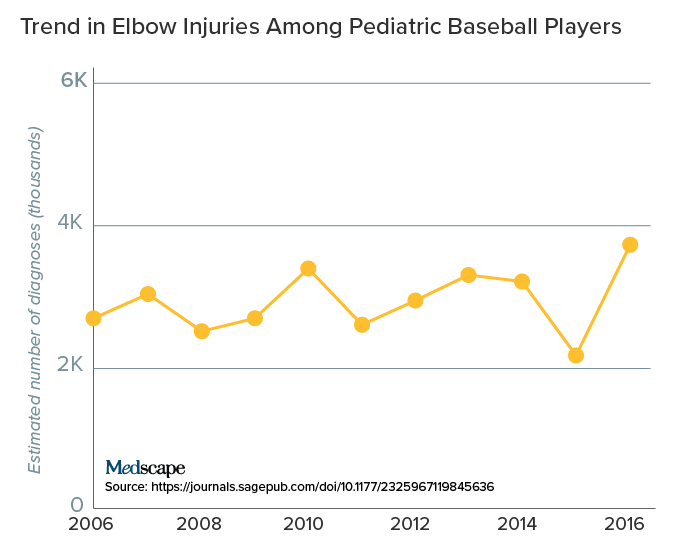
Garrigues said some parents of throwing athletes have asked about prophylactic Tommy John surgery for their child. He said shouldn't apply to pitchers.
"People have taken it a little too far," he said. Garrigues and others also argue against kids throwing weighted balls when coming back from surgery. Instead, "we're shutting them down," he said.
Throwing any pitch is an act of violence on the body, Garrigues said, with the elbow taking the final brunt of the force. "These pitchers are functioning at the absolute limits of what the human body can take," he said. "There's only so many bullets in a gun," which is why pitchers often feel the twinge of a torn UCL on a routine pitch.
Makhni suggested cross-training for pitchers in the off-season instead of playing baseball year-round. "If you play soccer, your footwork is going to be better," he said.
"Kids shouldn't be doing this all year round," said Rebecca Carl, MD, an associate professor of pediatrics at Northwestern University Feinberg School of Medicine in Chicago. "We are recommending that kids take 2 or 3 months off." In the off-season, she urges them to strengthen their backs and cores.
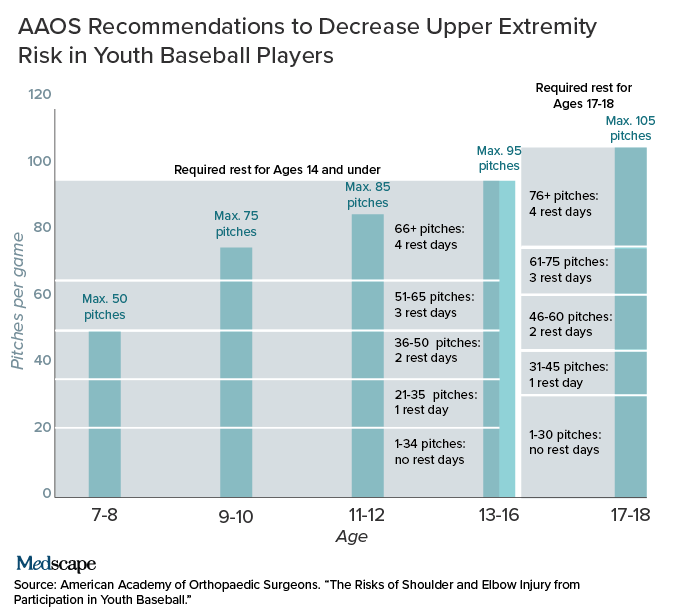
Such advice can "feel like a bombshell," said Carl, who chairs the Council on Sports Medicine and Fitness for the American Academy of Pediatrics. 'Some started at a very young age. They go to camps. If I say to a teenager, 'If you do this, I can keep you from getting injured,' they think, 'I won't be injured.'" Most parents, however, understand the risk of "doing too much, too soon."
Justin Orenduff, a former pitching prospect until his arm blew out, has made a career teaching head-to-toe pitching mechanics. He founded DVS Baseball, which uses software to teach pitchers how to properly use every muscle, starting with the orientation of the back foot. He, too, argues against pitching year-round. "Everyone on that travel team expects to get their fair share of playing time," he said. "It just never stops."
Organized baseball is paying attention. It has come up with the Pitch Smart program that gives maximum pitch counts for young players, but experts said kids often get around that by belonging to several leagues.
Altchek said some surgeons have added platelet-rich plasma, stem cells, and bone marrow during surgery to quicken the slow healing time from UCL replacement. But he said, "it has to heal. Can you speed up biology?"
McCulloch said that, all the advances in Tommy John surgery aside, "the next frontier is really trying to crack the code on prevention."
John Dillon is a journalist in Boston.

